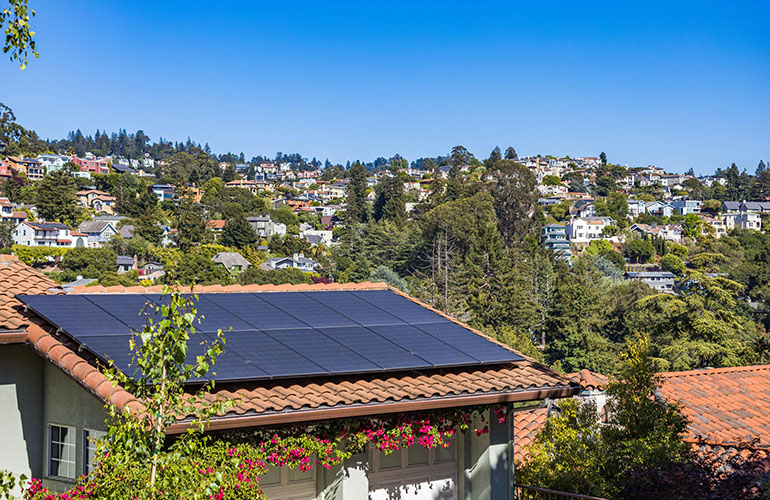A proposed piece of legislation on the floor of the California State Assembly can receive the length and level of compensation -zonne -prospective owners via net measurement agreements.
California Assembly member Lisa Calderon (D-56) introduced Assembly Bill No. 942 In February, if established, this would force old solar projects that operate on earlier network programs to switch to a Netto-Billy rate, also known as NEM 3.0, after the systems have been in operation for 10 years. The two earlier net measuring policy, NEM 1.0 and 2.0, eligible for residential and commercial solar customers a period of 20 years in which they would be compensated by utility companies for extra electricity generated.
“Solar users, who are now mainly working and middle-class families, trusted a contract with the state when they spend money or borrowed to invest in solar energy,” said Brad Havner, executive director of the California Solar & Storage Association, in a press statement. “They did this to save money for their families and to help the planet, with the extra advantage of reducing tension and demand on the energy letter.”
The California Public Utilities Commission adopted NEM 3.0 in December 2022 and started the program in April 2023. The net invoicing rate shifted from compensation on the basis of the prices for retail energy prices to avoid the costs that have varying rates is exported. After the passage, the California Solar Market experienced a job loss of the record, in particular residential contractors, and industrial organizations have mentioned NEM 3.0 as the cause.
Legacy Solar Projects were able to continue to work with previous network programs for the agreed period of 20 years, but Bill 942 would reduce that to 10 years and move those projects to NEM 3.0. Moreover, the bill would prevent the California CAP-and-Trade program from preventing the reduction measures for the emission of greenhouse gases to provide credits to customers of solar energy.
“Instead of offering consumers actual solutions, utility companies want to point fingers to their favorite scapegoat: Solar on the roof,” said Heavner.
The bill was changed on 25 March and referred to the Committee for Utility companies and energy of the State Meeting, awaiting further action.

